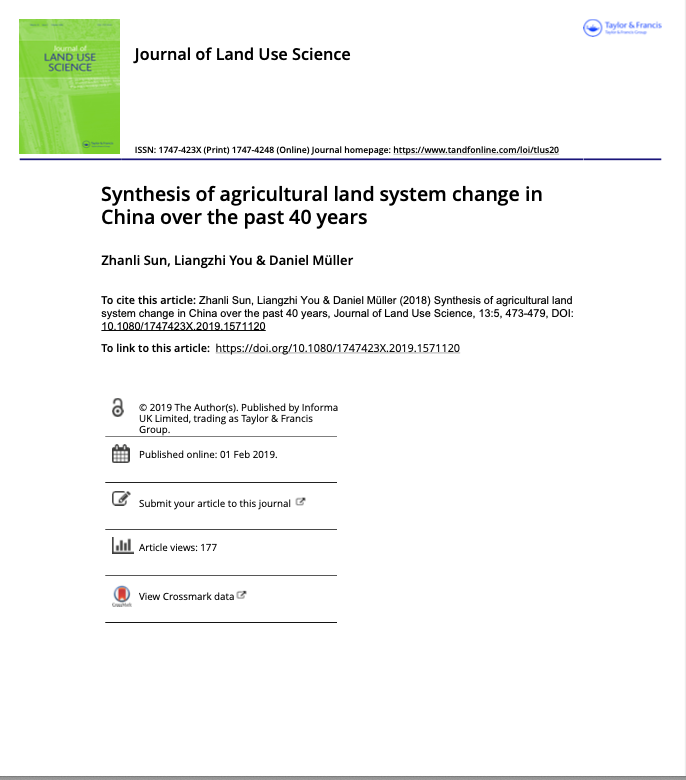Land use optimization tool for sustainable intensification of high-latitude agricultural systems
Recent studies assessing agricultural policies, including the EU’s Agri-Environment Scheme, have shown that these have been successful in attaining some environmental goals. In Finland, however, the economic situation of farms has dramatically fallen and hence, the actions do not result in social acceptability. Sustainable intensification is a means to combine the three dimensions of sustainability: environmental, economic and social. Here we introduce a novel land use optimization and planning tool for the sustainable intensification of high-latitude agricultural systems.






